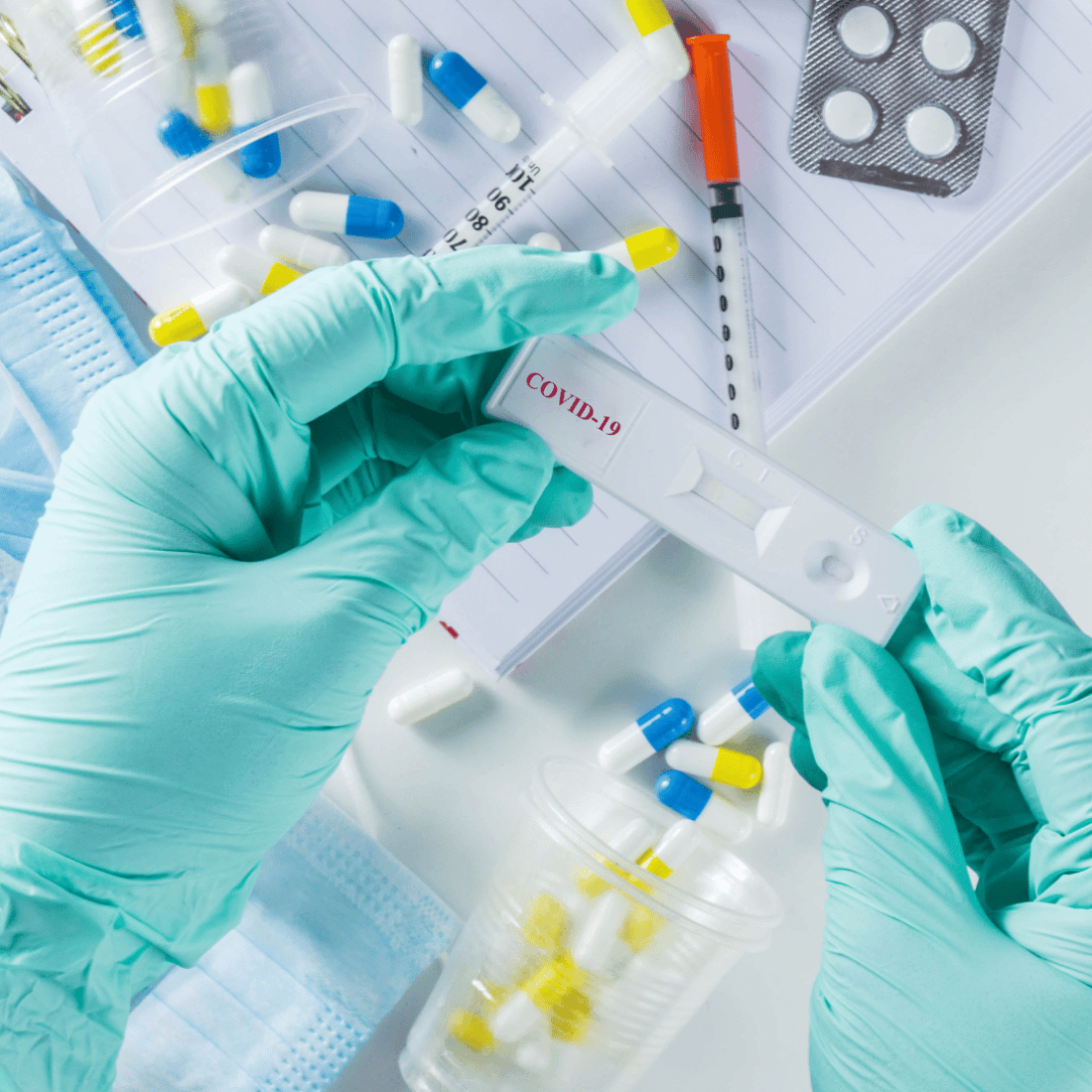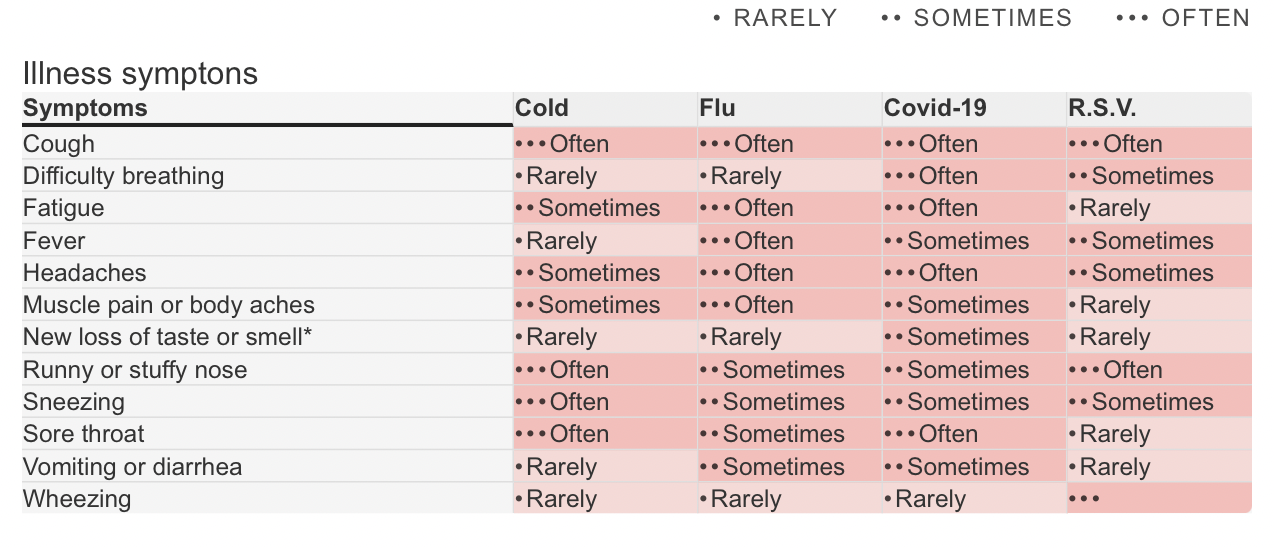Testing, Vaccines and Face Coverings
Testing, Vaccines and Face Coverings
Should you need to test for COVID-19, be advised that a PCR test is considered more reliable. As of April 18, 2023, the only dose of COVID-19 vaccine that should be used is the current bivalent version as per the U.S. Food and Drug Administration. In terms of face coverings, please note that faculty, staff, and event organizers on campus may still wish to require masks in their classrooms, at select events, and in health care settings.







